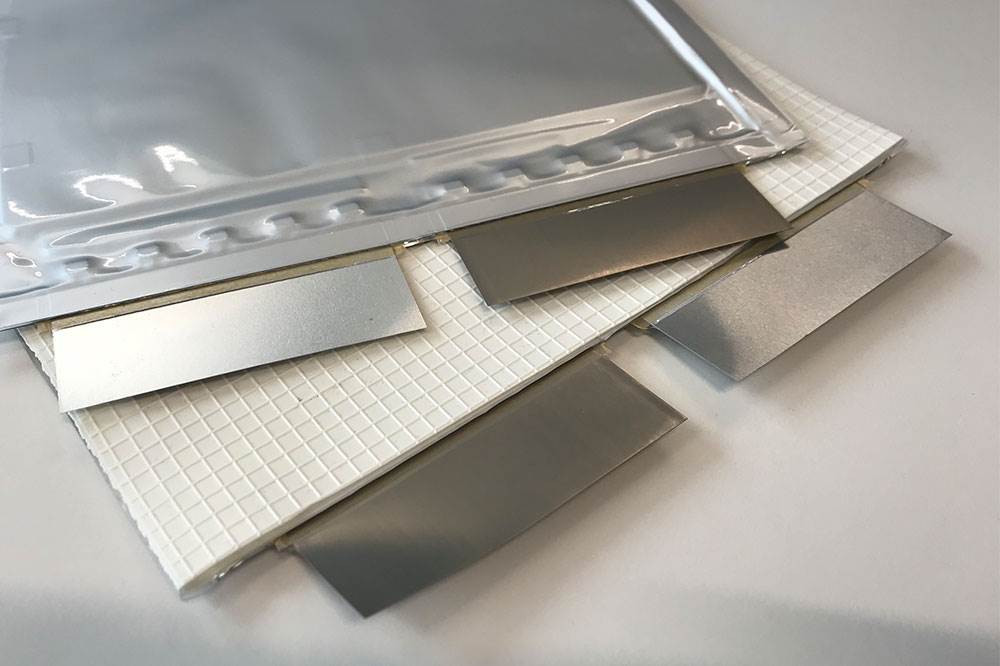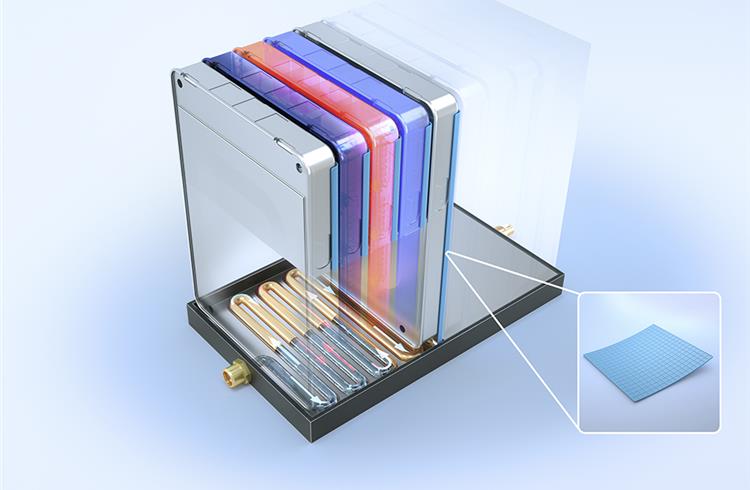A heat shield with the right combination of silicone and air could make batteries safer
The heat shield combines high heat resistance of a silicone-based elastomer with the high insulating properties of air.
A brand under the Germany-based Freudenberg group, Freudenberg sealing technologies, has developed an innovative heat shield for use in prismatic and pouch cells with almost no impact on the required installation space. It has claimed that with the combination of high heat resistance of silicone-based elastomer with the high insulating properties of air, the heat forms a damaged cell remains insulated until it can be drained away.
With this innovation, Freudenberg is trying to achieve greater range without the battery growing in size and weight. As more energy leads to greater safety requirements, the shield protects the battery pack especially during phenomenon such as thermal runaway where the temperatures in a cell could rise as high as 600 degree Celsius. If the battery’s cooling system does not drain the heat away then the neighbouring healthy cells could also heat up and could lead to a chain reaction, eventually leading to an explosion.
The heat shield has three key characteristics. First, the shield itself consists of a heat-resistant material, a silicone-based elastomer; second, it slows the heat transfer between the cells with a waffle-like structure that consists of tiny pockets of air to provide outstanding heat insulation. Third, the shield is very thin, with a maximum thickness of just 1 mm. The loss of the existing energy density due to the shield’s use is hardly noticeable.

Freudenberg has stated that during a series of tests, there was a considerable reduction in temperature on the surface of the battery where the heat shields were placed. Freudenberg expert Peter Kritzer said, “This will adequately protect a neighbouring cell against the destruction of cathode material or the separator.”
Consideration has even been given to the heat shield’s mounting. Since the air pockets adhere well to the smooth metallic surface of a prismatic cell – thanks to a suction effect – an individual shield can be precisely positioned.
If these flexible formations were extended over the top of the cell, it could enclose and seal the rupture disc located there. In case of overpressure in the battery cell, the ruptured disc would ensure that the resulting partially toxic gases escape in a controlled way. “Even more than energy density, safety is the most important characteristic of future battery generations in terms of quality,” Kritzer said.
Also read: Freudenberg Group has a vibrant presence at Components Show
New, high-temperature fluorinated rubber claimed to offer excellent sealability
Freudenberg Sealing Technologies bets big on e-mobility
Freudenberg Group to invest Rs 111 crore in sealing solutions plant in Chennai
British Petroleum invests $ 20 million for developing ultra-fast charging battery development
RELATED ARTICLES
Kia displays EV5 and Sonet SUVs for Chinese market
Kia has unveiled a number of key models and new technologies for Chinese customers at the 2024 Beijing International Aut...
Nissan targets growth in China, unveils four NEV concepts at Beijing Motor Show
The two EVs and two plug-in hybrids are a joint effort with Nissan’s local partner Dong Feng and aimed to better address...
Lamborghini unveils Urus SE ahead of Auto China 2024
Electric-only range of 60km helps reduce emissions by 80%.





 By Autocar Pro News Desk
By Autocar Pro News Desk
 28 May 2018
28 May 2018
 7891 Views
7891 Views









